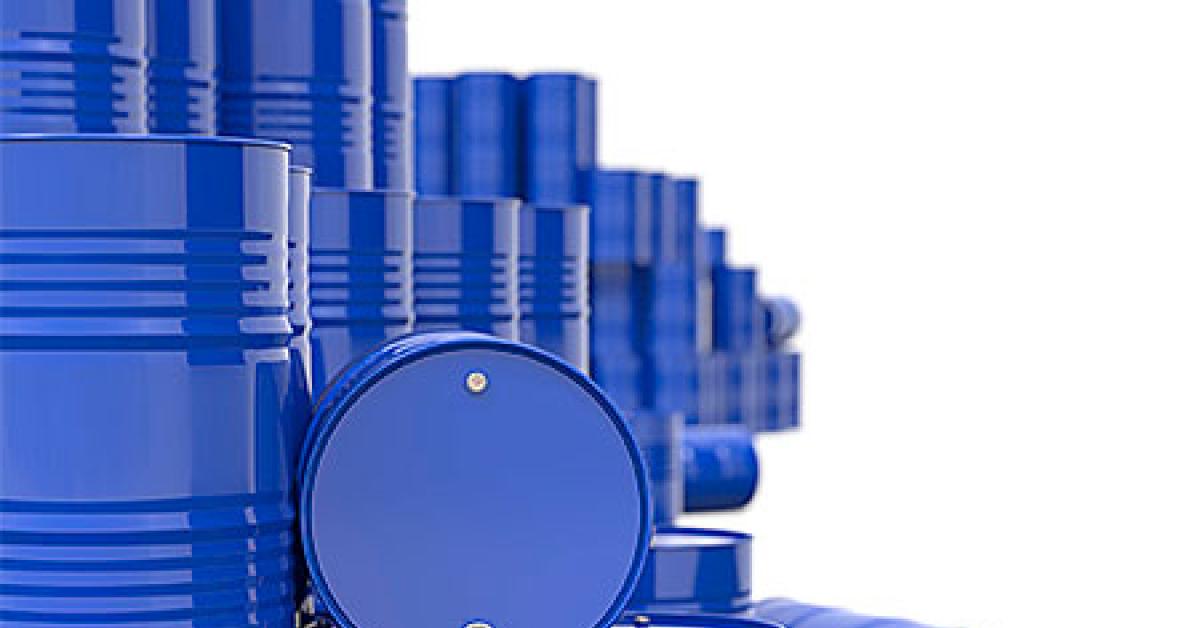CHICAGO - Many dry cleaners produce hazardous waste that is strictly regulated by federal and state authorities. Modern equipment and better operational measures have served to prevent or curtail site or groundwater contamination from drycleaning-related discharges in recent years, but even the most conscientious operator can run into a problem now and then.
While there are alternative solvents in use in the industry, perchloroethylene, or perc, has been the “solvent of choice since the 1960s,” according to the State Coalition for Remediation of Drycleaners (SCRD). Approximately 28,000 U.S. dry cleaners use perc today, says the U.S. Environmental Protection Agency.
PAYING THE BILL
Little about the remediation process is inexpensive. An average Phase I assessment will cost a dry cleaner $2,000, while a Phase II price tag averages $15,000 to $20,000, says David O’Dea, president of Chicago-based Environmental Consulting Group. Beyond assessment costs, an in-situ cleanup (see Part 1) could cost the average dry cleaner as much as $120,000, he adds.
“I don’t want to alarm people,” says hydrogeologist Steve Henshaw, P.G., president and CEO of EnviroForensics, an Indianapolis-based company that specializes in representing dry cleaners in environmental investigation and remediation matters. “The vapor and immediate threat can be mitigated for anywhere between $5,000 and $30,000. … Soil and groundwater remediations, unfortunately, can be anywhere from half a million to a million dollars.”
In addition to state-led drycleaner remediation funds, voluntary programs and insurance are helping spread the cost for cleanups.
According to the State Coalition for Remediation of Drycleaners (SCRD), 14 states have established programs to fund remediation of drycleaner sites: Alabama, Connecticut, Florida, Illinois, Kansas, Minnesota, Missouri, North Carolina, Oregon, South Carolina, Tennessee, Texas and Wisconsin. They are supported by various membership fees and taxes, although their capacity to fund projects can be limited. Several other states don’t have formal programs but are active in remediation under other authorities.
Henshaw’s firm has a sister company that specializes in “insurance archeology,” or locating historical insurance policies that covered individuals and businesses. Old policies, particularly comprehensive general liability policies written prior to the mid-1980s, may be used to pay for costs associated with site investigation, remediation and cleanup.
Despite the possible price tag, industry experts remind dry cleaners that any costs surrounding remediation will continue to rise as time passes.
“If they don’t address this, they’re just putting their head in the sand,” O’Dea says. “When they sell their property, when they retire, when they sell the business, this is going to be a big bugaboo. … The more proactive they are about it, the better things will be for them.”
• • • • •
The SCRD, established in 1998, provides a forum for states to share programmatic, technical, and environmental information to improve the remediation of drycleaner sites. It receives technical, management, and training support from the U.S. Environmental Protection Agency (EPA) Office of Superfund Remediation and Technology Innovation.
Drycleaner Remediation Programs
- Alabama Drycleaning Environmental Response Trust Fund (DERTF)
- Connecticut Drycleaning Establishment Remediation Program
- Florida Drycleaning Solvent Cleanup Program
- Illinois Drycleaners Environmental Response Trust Fund
- Kansas Drycleaning Program
- Minnesota Pollution Control Agency Drycleaner Fund
- Missouri Drycleaner Environmental Response Trust (DERT) Fund
- North Carolina Dry-Cleaning Solvent Cleanup Act Program
- Oregon Dry Cleaner Program
- South Carolina Department of Health and Environmental Control: Drycleaning Restoration & Technical Assistance Section
- Tennessee Drycleaner Environmental Response Program
- Texas Dry Cleaning Remediation Program
- Wisconsin Department of Natural Resources Dry Cleaning Environmental Response Program
Other State Resources
- The Illinois Drycleaner Star Recognition Program™
- Interstate Technology Regulatory Council
- Minnesota Small Business Assistance Program, Dry Cleaner Partnership
- Ohio EPA Dry Cleaning / Wet Cleaning
- Washington State Dry Cleaners Reference Manual
Visit drycleancoalition.org and click on the “State” tab for direct links to these program websites or resources.
Have a question or comment? E-mail our editor Dave Davis at [email protected].

